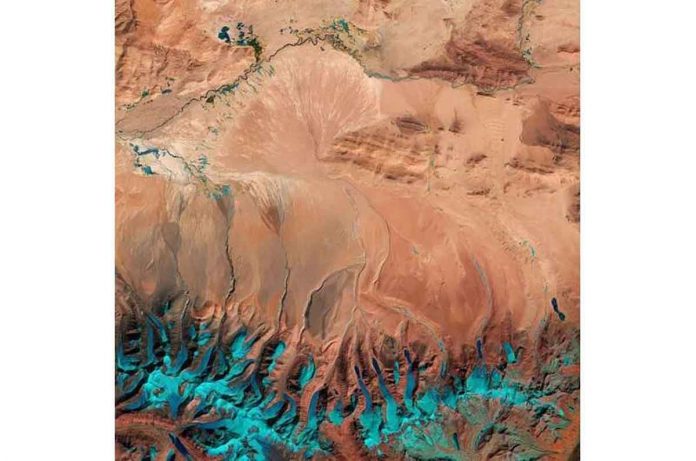One of the most significant tectonic events on Earth was the Neo-Tethys Ocean’s closure and the Tibetan Plateau’s subsequent formation. How the Indian subcontinent moved northward at an unusually rapid rate and collided with Asia is a critical question in explaining global changes in tectonics, climate, and ecosystems.
The Neo-Tethys Ocean’s double subduction is a leading model for explaining this anomalous convergence speed. However, no compelling evidence from the entire Himalayas and adjacent regions has previously been reported.
Yang Shun, a Ph.D. student at the Chinese Academy of Sciences’ Institute of Geology and Geophysics (IGG), under the supervision of Profs. He Yumei and Jiang Mingming, and their team of collaborators, recently reported critical seismic evidence of slab remnants in the current upper mantle to strongly support the double subduction model.
On August 26, this work was published in Science Advances.
Myanmar is located at the eastern end of the Indian-Asian collisional system. It is an ideal location to investigate possible slab remnants of double subduction due to less reworking from continental collision. However, it was previously unexplored territory for seismic observation and structural imaging of the Earth’s interior.
Since 2016, the IGG/CAS research group on the structure of the Earth’s deep interior has deployed pioneering seismic arrays in collaboration with the China-Myanmar Geophysical Survey in the Myanmar Orogen (CMGSMO) in Myanmar. The researchers investigated upper mantle structures beneath Myanmar with high resolution using data from novel seismic arrays.
The researchers discovered two subparallel subducted slabs preserved in the current upper mantle beneath the Neo-Tethyan tectonic regime for the first time by combining seismic tomography and waveform modeling.
The researchers concluded that the new evidence supports double subduction of the Neo-Tethys Ocean after comparing the new slab image with data on the time-space distribution of subduction-related magmatism and ophiolites in Myanmar. Subsequent geodynamic numerical modeling explained why the slab remnants remained intact in the upper mantle rather than breaking off and sinking into the deep.
The study provides compelling, multidisciplinary geoscientific evidence to support the Neo-Tethys Ocean double subduction model.

